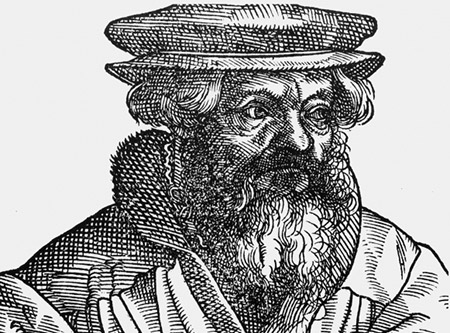1587
Fifty years after the founding of the Schola Lausannensis, the Academy building was inaugurated. It is shown on the Buttet Plan (1638), which was the first accurate plan made of Lausanne.
1570
The government in Berne rapidly replaced the professors who had founded the Schola Lausannensis but had now resigned, with teachers from France and Berne.
1559
The High School underwent its first major crisis when Pierre Viret, one of the Lausanne ministers and a key personality of the institution. challenged the government in Berne. Viret was dismissed and left Lausanne, taking with him a group of teachers who sympathised with his views.
1558
Théodore de Bèze resigned and went to Geneva to be nearer Calvin. The Lausanne theologians, who were followers of Calvin, came into conflict with the rulers in Berne, who were adepts of Zwingli.
1552
Théodore de Bèze was appointed Rector. At this time the High School of Lausanne enjoyed considerable renown, as it was the only French-language Protestant theological college.
1547
Leges Scholae Lausannensis. This codified all preceeding provisional or incomplete regulations. The High School now consisted of 7 progressive college classes in Latin, together with 4 chairs, one each for Theology, the Arts, Greek Philology, and Hebrew Philology.
1537
The University of Lausanne takes its origin from the Schola Lausannensis, which was, in turn, founded by the authorities of Berne after they had conquered the State of Vaud. It consisted of a college, with six progressive classes, and a chair of Theology. Its purpose was to educate the youth and train future ministers of the church.


